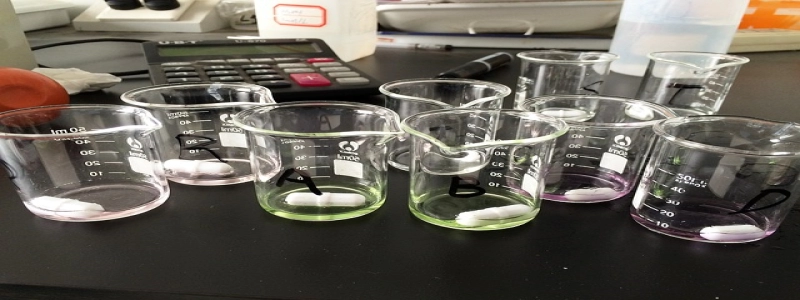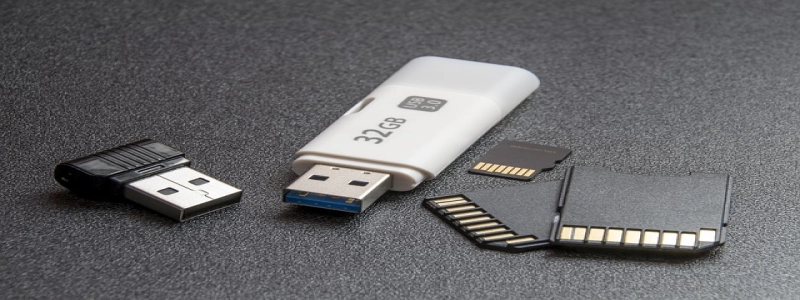Ethernet Packets
Introduction
Ethernet packets play a crucial role in transmitting data over wired networks. In this article, we will delve into the structure and composition of Ethernet packets and understand how they are used in data communication.
Overview
Ethernet is a widely used networking technology that facilitates the transmission of data between devices connected through a wired network. Ethernet packets are the fundamental units of data that are sent and received over Ethernet connections. These packets contain the necessary information for successful data transmission and reception.
Structure of Ethernet Packets
Ethernet packets consist of several components that help in the proper handling of data. The structure of an Ethernet packet can be divided into multiple layers, each responsible for a specific function. Let’s explore the layers in detail:
1. Ethernet Frame
The Ethernet frame serves as the outermost layer of the Ethernet packet. It includes the source and destination MAC addresses, which identify the devices involved in the communication. Additionally, the Ethernet frame contains information about the packet’s length, error checking data, and other control information.
2. Ethernet Header
The Ethernet header is located within the Ethernet frame and provides additional details about the packet. It contains information such as the Ethernet protocol type, which indicates the type of data encapsulated within the packet, and the size of the payload.
3. Payload
The payload refers to the actual data being transmitted. It can contain any information, such as files, messages, or commands, depending on the purpose of the communication.
4. Ethernet Trailer
The Ethernet trailer is the final part of the Ethernet packet and is used for error detection. It contains a frame check sequence (FCS), which is a checksum calculated based on the packet’s contents. The FCS allows the receiving device to verify the integrity of the packet and detect any transmission errors.
Functionality of Ethernet Packets
Ethernet packets serve various functions in data communication. They enable devices to exchange data reliably and efficiently. Here are some key functions performed by Ethernet packets:
1. Addressing
By including the source and destination MAC addresses, Ethernet packets allow devices to identify the intended recipients of the data. This addressing mechanism ensures that the data is received only by the designated devices.
2. Data Transmission
Ethernet packets facilitate the transmission of data between devices. The payload section of the packet contains the actual data to be transmitted, while the Ethernet header and frame provide the necessary control and routing information for successful delivery.
3. Error Detection
The Ethernet trailer, specifically the FCS, helps in detecting transmission errors. Upon receiving a packet, the FCS is recalculated based on the received data, and the result is compared with the original FCS. If the values differ, it indicates a transmission error, and appropriate measures can be taken to correct or retransmit the packet.
Conclusion
Ethernet packets form the backbone of data communication in wired networks. Understanding their structure and functionality is crucial for anyone involved in network administration or troubleshooting. By comprehending the intricacies of Ethernet packets, network professionals can ensure efficient and reliable data transmission.








